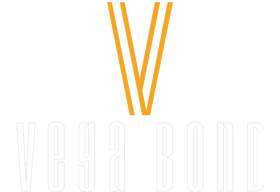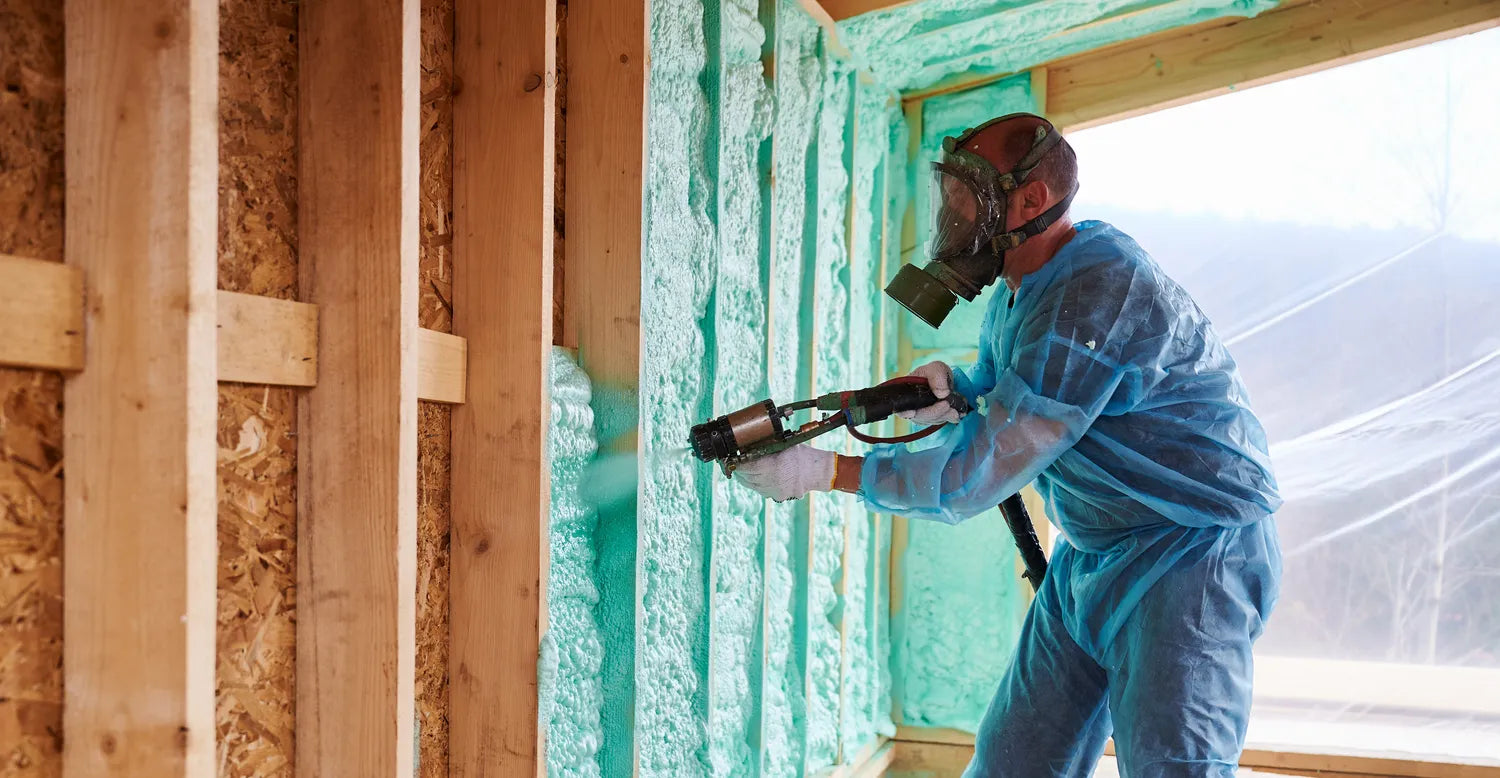DIY spray foam insulation has emerged as a popular choice among homeowners in the quest for energy efficiency and home comfort. This article delves into the cost aspects of DIY spray foam insulation, examining factors like cost per square foot, best DIY spray foam insulation kits, and practical application tips.
Understanding DIY Spray Foam Insulation
DIY spray foam insulation offers a cost-effective way to improve your home's energy efficiency. It involves using spray foam kits to insulate walls, attics, and crawl spaces, reducing heat loss and improving comfort.
DIY Spray Foam Insulation Kits: What You Need to Know
When considering DIY spray foam insulation, selecting the right spray foam insulation DIY kit is crucial. Best DIY spray foam insulation kits come in various sizes and types, tailored for different insulation needs. A standard kit typically covers around 1,000 sq ft.
DIY Spray Foam Insulation Cost Per Square Foot
The spray foam insulation price per square foot varies based on the type of foam (open-cell or closed-cell) and the kit's coverage capacity. You can expect to spend between $0.50 to $2.00 per square foot.
Calculating Your Insulation Needs
Using a Spray Foam Insulation Cost Calculator
To get a more accurate answer to how much does spray foam insulation cost for your home, homeowners can use a spray foam insulation cost calculator. This tool helps determine the foam needed based on the area's dimensions and desired thickness.
DIY Spray Foam Insulation Cost Near You
Local pricing can affect the DIY spray foam insulation cost. Prices may vary based on regional demand, availability of kits, and shipping costs if purchased online.
Spray Foam Insulation Kits 1000 Sq Ft
Spray foam insulation kits covering 1,000 sq ft are commonly used for medium-sized projects. These kits are ideal for home insulation projects, balancing coverage and cost.
Spray Foam Insulation Cost Per Sq Ft
Understanding the spray foam insulation cost per sq ft is essential for a detailed budget plan. Closed-cell foam costs more due to its higher density and R-value, while open-cell foam is more affordable but may require a thicker application.
DIY Spray Foam Insulation in Existing Walls
Insulating existing walls with DIY spray foam can be more challenging but is achievable with the proper techniques and tools. It's a cost-effective way to enhance insulation without significant renovations.
Spray Foam Insulation Cost for 1,000 Sq Ft
To insulate an area of 1,000 sq ft, the cost to spray foam insulation typically ranges from $500 to $2,000 for DIY projects, depending on foam type and thickness
Pros and Cons of DIY Spray Foam Insulation
| Pros | Cons |
|---|---|
| Cost Savings – Eliminates labor costs, making small projects more affordable. | Risk of Mistakes – Incorrect mixing or spraying can cause uneven coverage or air gaps. |
| Convenience – You can work on your own schedule without waiting for contractors. | Safety Concerns – Requires proper protective gear to avoid inhaling fumes or skin contact. |
| Energy Efficiency – Provides excellent air sealing and can lower utility bills over time. | Equipment Limitations – DIY kits may not perform as efficiently as professional-grade tools. |
| Quick Availability – Kits are easy to purchase online or at hardware stores. | Higher Upfront Cost per Kit – Initial cost can still be significant for larger areas. |
| Learning Experience – Great for homeowners who enjoy hands-on projects. |
Evaluating the Benefits and Drawbacks
While DIY spray foam insulation can be more affordable than professional installation, it requires careful consideration. Homeowners must weigh the initial savings against the potential challenges of correct application and safety concerns.
Tips for Successful DIY Spray Foam Insulation

Best Practices for Homeowners
For successful DIY spray foam insulation, follow these tips:
- Proper Preparation: Ensure the area is clean and dry before application.
- Safety First: Use protective gear, gloves, goggles, and respirators.
- Even Application: Apply the foam evenly to avoid gaps and ensure consistent insulation.
- Curing Time: Allow adequate time for the foam to cure fully before covering or painting.
Long-Term Savings and ROI
Analyzing the Return on Investment
The return on investment for DIY spray foam insulation can be significant. Reduced energy bills and improved home comfort can offset the initial cost.
Quality Considerations for DIY Spray Foam Kits
Choosing the Right Product
The quality of your DIY spray foam insulation kit plays a significant role in the success of your project. Not all kits are created equal – some may offer better coverage, more straightforward application, or higher R-values. Researching and selecting a kit that meets your needs and budget is crucial for adequate insulation.
The Environmental Impact of Spray Foam Insulation
Eco-Friendly Options for Homeowners
In recent years, there has been a growing concern about the environmental impact of insulation materials. When choosing a DIY spray foam insulation kit, consider eco-friendly options that use less harmful blowing agents or are made from recycled materials. These choices can help reduce your carbon footprint while still providing adequate insulation.
Safety Tips for DIY Application
Ensuring a Safe Insulation Process
Safety is paramount when handling and applying spray foam insulation. Proper ventilation is essential during application to avoid inhaling fumes. Always wear protective clothing, gloves, and eye protection, and follow the kit's instructions carefully to prevent skin contact and respiratory issues.
Overcoming Challenges in DIY Spray Foam Insulation
Troubleshooting Common Issues
Applying spray foam insulation can come with challenges, especially for beginners. Issues like uneven application, insufficient coverage, or improper curing can affect the insulation's effectiveness. Familiarizing yourself with common problems and their solutions can help ensure a smoother application process.
Comparing DIY vs. Professional Insulation Costs
The table below highlights the key differences between DIY and professional spray foam insulation, comparing their costs, safety, quality, and suitability for different project sizes.
| Aspect | DIY Spray Foam Insulation | Professional Spray Foam Insulation |
|---|---|---|
| Cost | Lower initial cost for small projects; avoids contractor minimums. | Higher upfront cost, but often more efficient for large or complex jobs. |
| Scheduling | Work on your own time and pace. | Must schedule with contractor availability, but the work is usually faster. |
| Convenience | Kits are easy to find in stores and good for minor sealing or repairs. | Professionals provide equipment, handle preparation, mixing, and cleanup. |
| Health and Safety | Greater risk of chemical exposure and poor ventilation; requires personal protective gear. | Trained installers follow safety standards and manage off-gassing safely. |
| Application Quality | More likely to have uneven coverage or mixing errors that reduce insulation effectiveness. | Consistent, precise application ensures proper sealing and energy efficiency. |
| Risk of Damage | Mistakes can trap moisture, cause wall damage, or misalign doors and windows. | Proper installation prevents structural issues and moisture buildup. |
| Correction and Maintenance | Difficult and costly to fix once the foam has cured. | Professional work often includes warranties and is easier to correct if needed. |
| Project Size | Best for small jobs under roughly 400 square feet. | Ideal for larger or full-house insulation projects. |
Analyzing the Cost-Benefit Ratio
While DIY spray foam insulation can be more cost-effective upfront, comparing it with the overall cost to spray foam insulation professionally is essential. Professional installers bring expertise, equipment, and knowledge of building codes, which can result in a more efficient and safer insulation process. Consider the long-term benefits and potential risks before deciding on the DIY route.
Maintenance and Upkeep of Spray Foam Insulation
Ensuring Longevity and Performance
Maintaining your spray foam insulation is crucial for its long-term performance. Regular inspections can help identify areas where the foam has settled or degraded, ensuring that your home remains well-insulated over the years.
DIY Spray Foam Insulation for Specific Home Areas

Tailoring Your Approach to Different Spaces
Different areas of your home, such as the attic, walls, or basement, may require different approaches to insulation. DIY spray foam insulation can be adapted to these various areas, considering factors like moisture exposure, airflow, and space constraints.
Financial Incentives and Rebates for Home Insulation
Leveraging Cost-Saving Opportunities
Some regions offer financial incentives or rebates for home insulation improvements. Researching and taking advantage of these programs can help offset the DIY spray foam insulation cost, making it an even more appealing option for budget-conscious homeowners.
Future Trends in Home Insulation
Staying Ahead with Innovations
Home insulation constantly evolves, and staying informed about future trends is crucial. Innovations in spray foam insulation technology, such as eco-friendliness and application methods, will likely make DIY projects even more accessible and practical.
Assessing the Impact on Home Resale Value
Considering Long-Term Property Benefits
When evaluating DIY spray foam insulation cost, it's also essential to consider its impact on your home's resale value. Quality insulation can be a selling point, potentially increasing the market value of your property and making it more attractive to energy-conscious buyers.
Common Myths Debunked
Separating Fact from Fiction
There are many myths surrounding DIY spray foam insulation. Some believe it's always cheaper than professional installation, while others fear it's too complex for DIY. This section debunks common myths, providing clarity and confidence to homeowners considering this option.
Step-by-Step Guide for First-Timers
Simplifying the DIY Process
A step-by-step guide can demystify the process for those new to DIY spray foam insulation. This guide provides essential tips for a successful insulation project, from preparing the area and mixing components to applying the foam and ensuring proper curing.
Exploring Alternative DIY Insulation Methods
Options Beyond Spray Foam
Exploring alternative DIY insulation methods can be helpful for homeowners who decide that spray foam insulation isn't the right fit. Options like fiberglass batts, rigid foam boards, or reflective insulation offer different benefits and challenges, catering to varied preferences and budgets.
Conclusion
DIY spray foam insulation can be a cost-effective and rewarding project for many homeowners. By understanding the costs, methods, and safety precautions and weighing the long-term benefits, you can enhance your home's energy efficiency and comfort. Whether you choose to go the DIY route or opt for professional installation, the key is making an informed decision that aligns with your circumstances and home improvement goals.
FAQs on DIY Spray Foam Insulation
Is DIY Spray Foam Cost-Effective?
Yes, DIY spray foam insulation can be cost-effective, mainly because you save on labor expenses. However, the actual savings depend on the project size and foam type. For small to medium areas, DIY can be economical ,but for larger projects, professional installation may offer better long-term value due to efficiency and equipment quality.
Can You Buy Spray Foam Insulation and Do It Yourself?
Absolutely! You can purchase DIY spray foam insulation kits designed for homeowner use. These kits usually include foam cylinders, hoses, and spray guns. Always read and follow safety instructions carefully to ensure proper application and avoid health or fire hazards.
How Much Does a Spray Foam System Cost?
- A DIY kit covering around 1,000 sq. ft. costs between $750 and $2,000.
- Additional costs include safety gear like masks and gloves.
The total expense varies based on foam type (open-cell or closed-cell) and the specific area you’re insulating.
Is Spray Foam Cheaper Than Traditional Insulation?
Spray foam is typically more expensive per square foot than fiberglass or cellulose insulation. However, it provides a higher R-value and better air sealing, which can lead to lower energy bills over time. When done DIY, the overall cost can be closer to traditional insulation due to labor savings.




